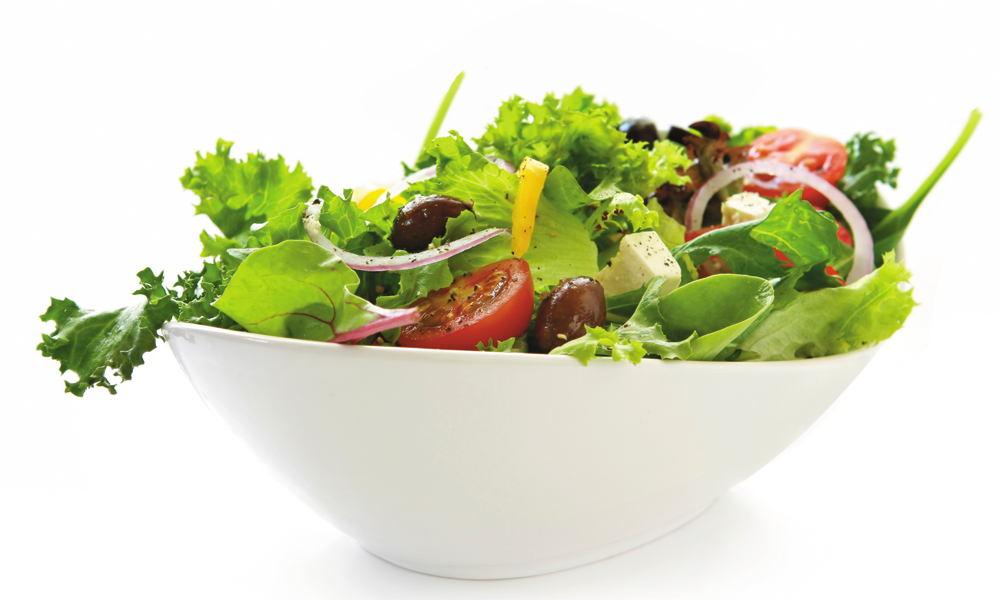
Power of A: Salad Days
Giving kids healthier choices in the lunch line.
When the Healthy, Hunger-Free Kids Act of 2010 was passed, the United Fresh Produce Association saw it as a major victory. The bill required schools to increase the number and variety of healthy food options available to children in the lunchroom. But that was only half the battle.
Some schools didn’t have the funding or equipment to provide more fruits and vegetables to students. To help, United Fresh partnered with the Food Family Farming Foundation, Whole Kids Foundation, and National Fruit and Vegetable Alliance to launch the “Let’s Move Salad Bars to Schools” campaign.
“The association was advocating for the policy changes, but this work, which is done through our foundation, actually provides schools the tools to implement those new regulations,” says Andrew Marshall, policy and grassroots manager at United Fresh. Any school that participates in the National School Lunch Program—a federally assisted meal program—may apply to have a salad bar brought to its lunchroom, Marshall says.
United Fresh gives priority to schools that have a high percentage of students receiving government- supported free and reduced-cost lunches. In some instances, produce company members and local foundations have asked to see the list of applicants to look for schools in their communities that have applied to the program. From there, United Fresh connects members with schools to facilitate getting the salad bar equipment paid for and installed.
United Fresh has also worked with the local host committees for its annual meeting each year since 2009 to give back to local schools. Lunchrooms in San Diego, New Orleans, Dallas, and several cities in the Midwest have all benefited from the “Let’s Move Salad Bars to Schools” campaign. “We’re able to engage more of our membership that way, because each year the host city feels like they get the opportunity to support the schools in their own area,” says Marshall.
So far, the program, a recipient of a 2014 Summit Award in ASAE’s Power of A competition, has placed 3,500 salad bars in schools across the country.
“Salad bars are something that is a physical improvement to the school food environment, but they also get people talking,” Marshall says. “At the end of the day, the goal here is to create an experience for the kids where they get excited to pick their own fruits and vegetables, really empowering them to make a healthy choice.”
(Robyn Mackenzie/ThinkStock)






Comments